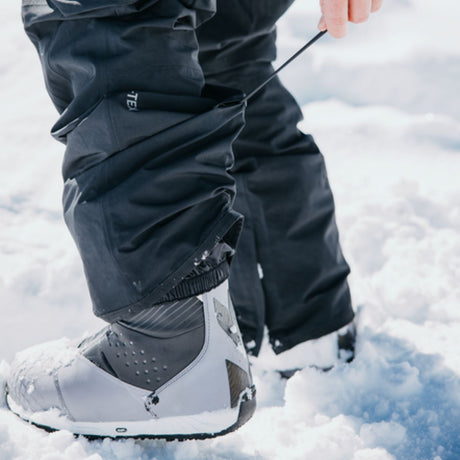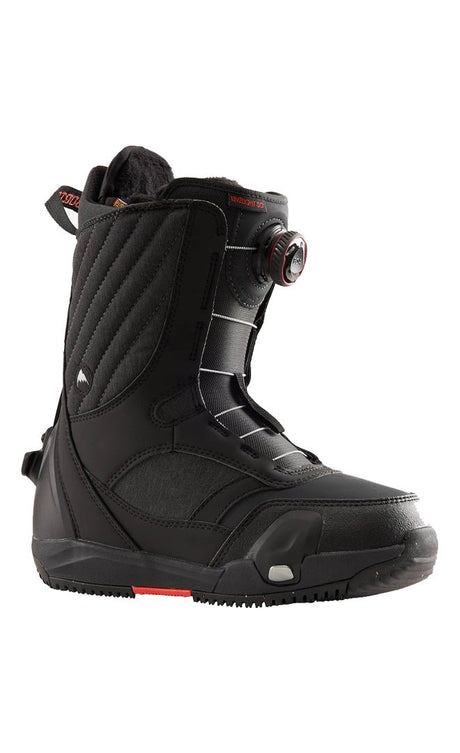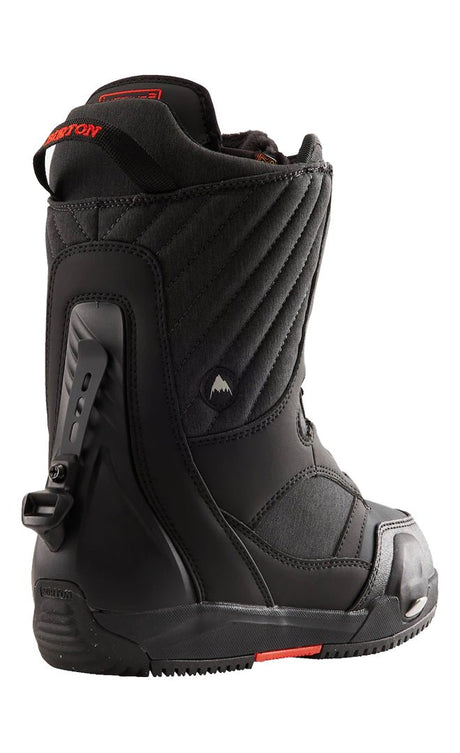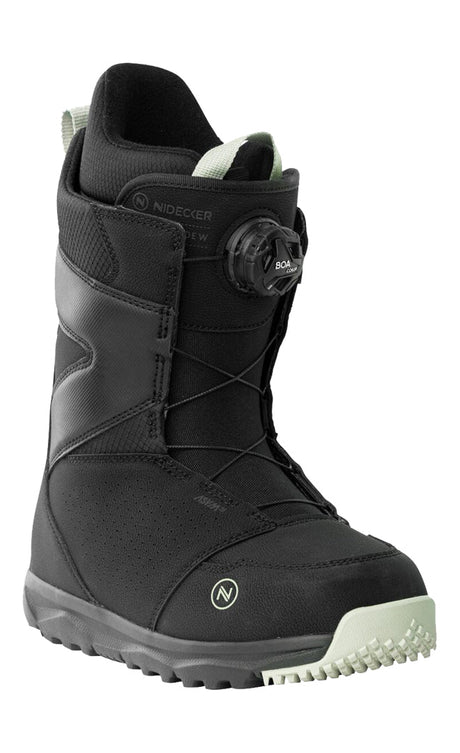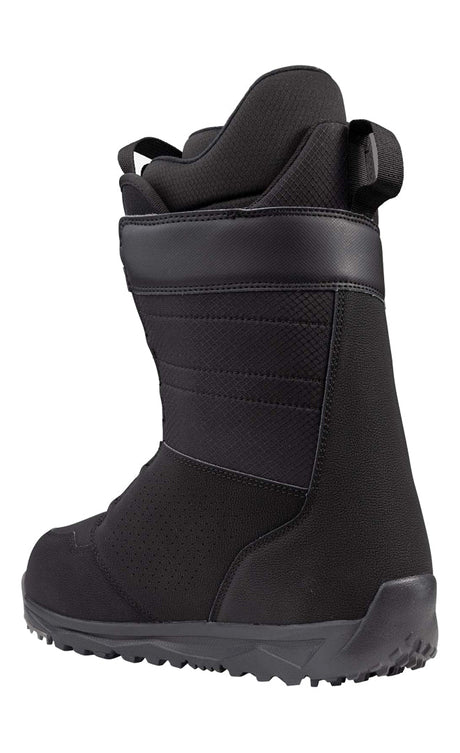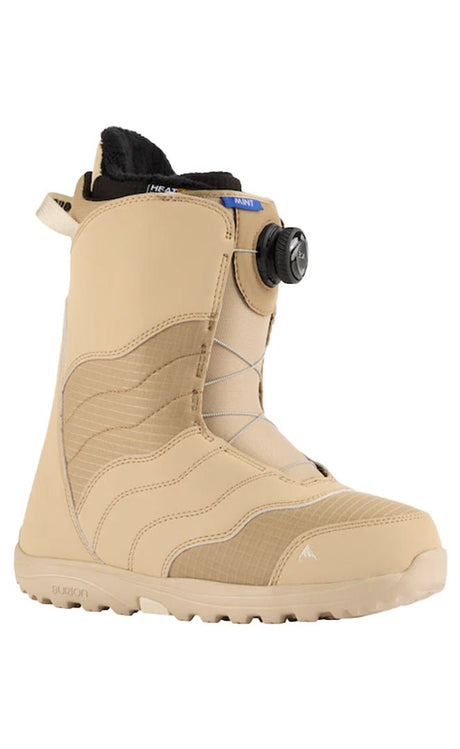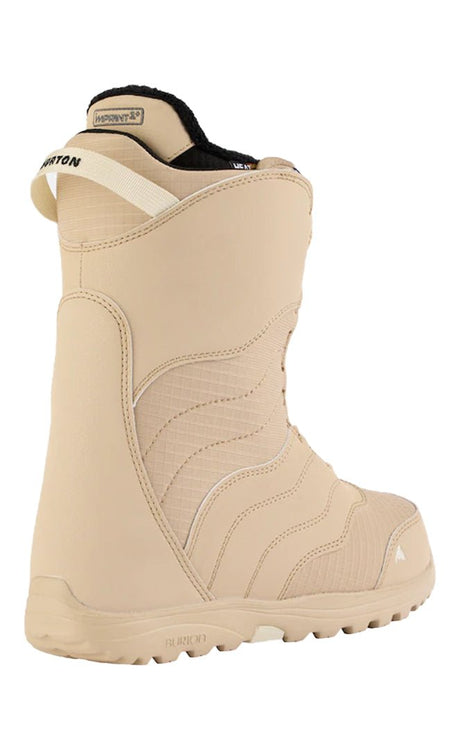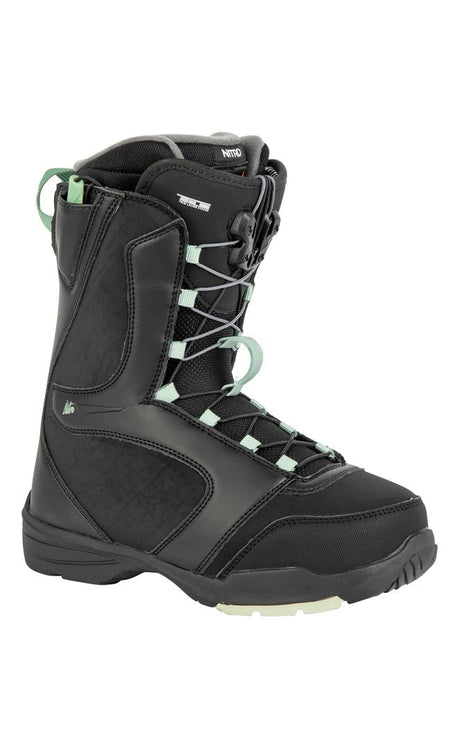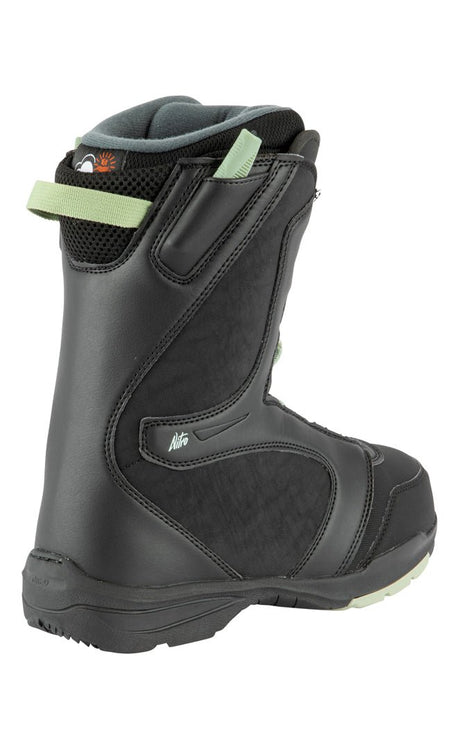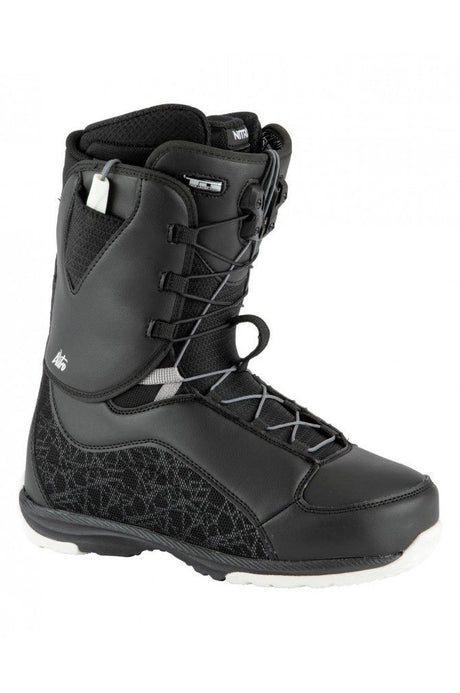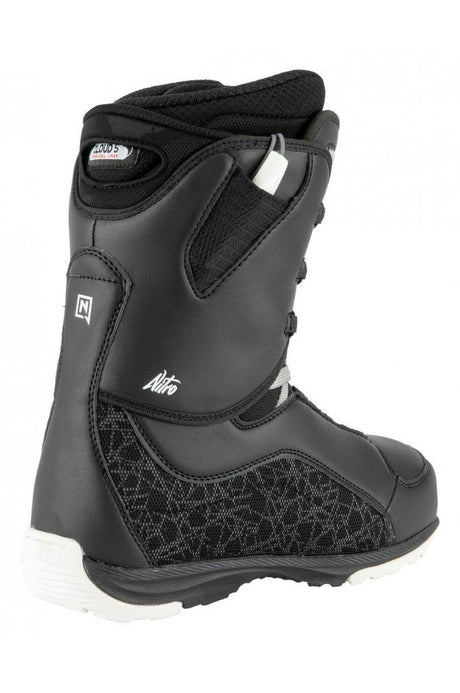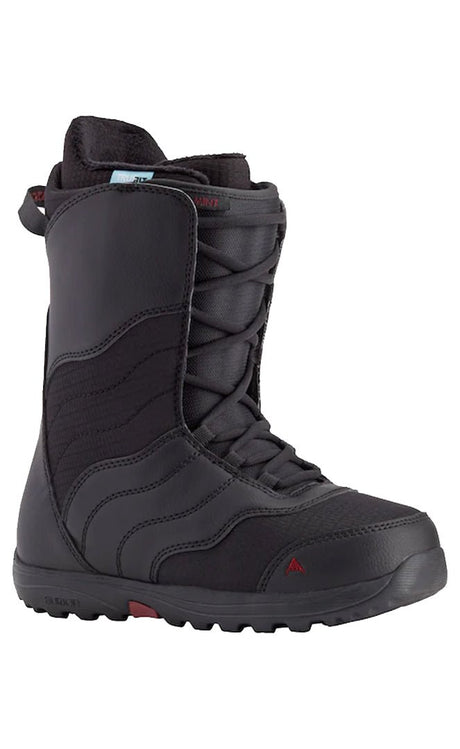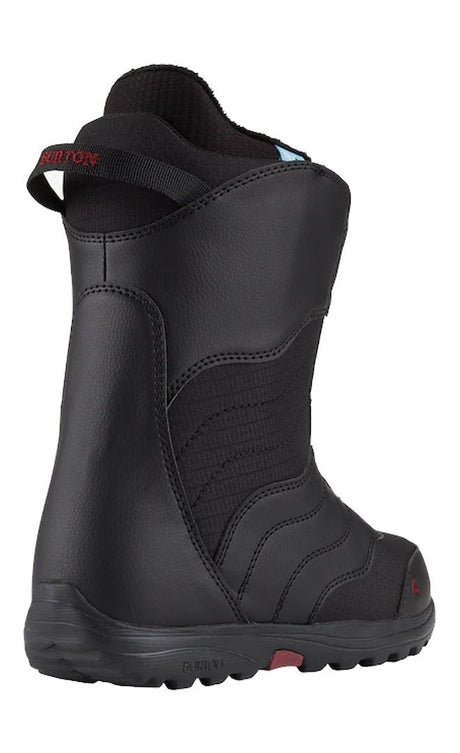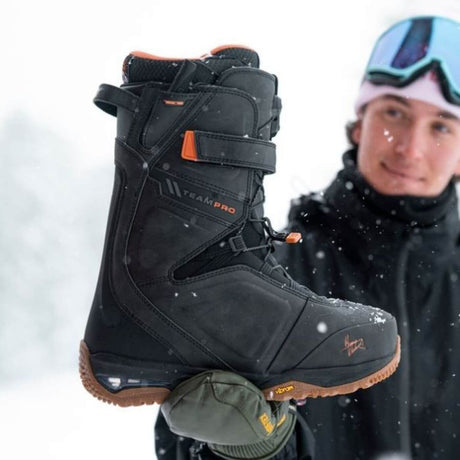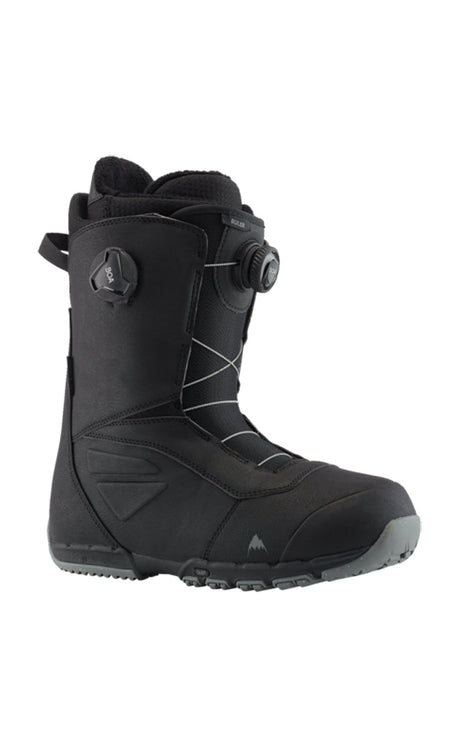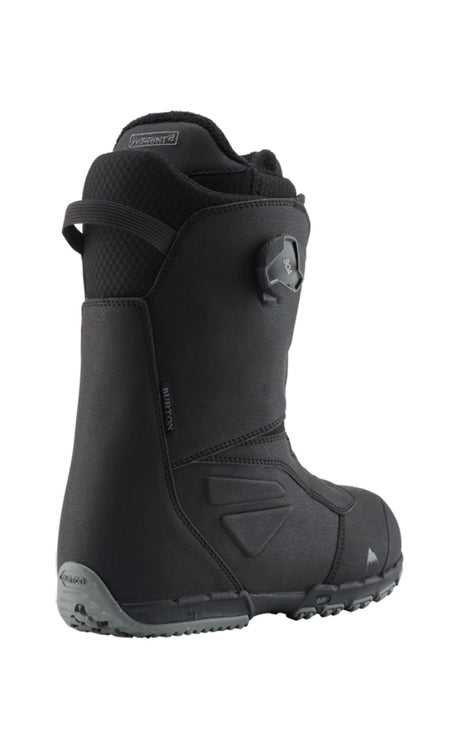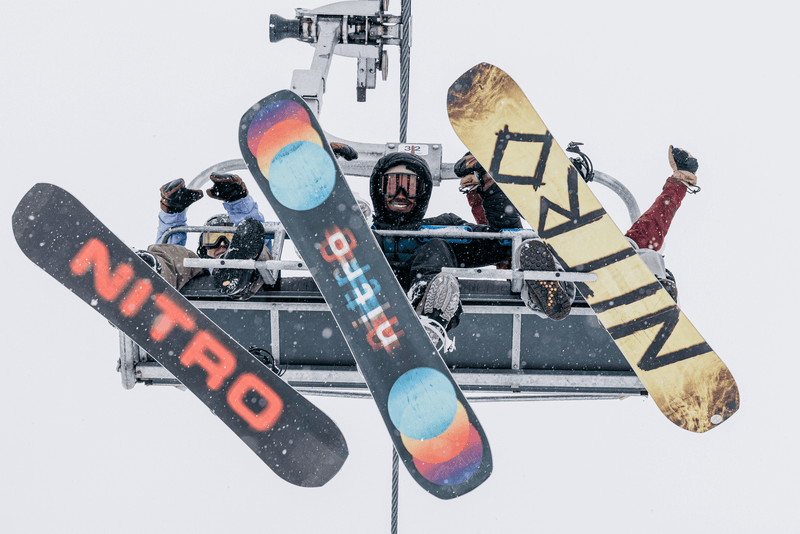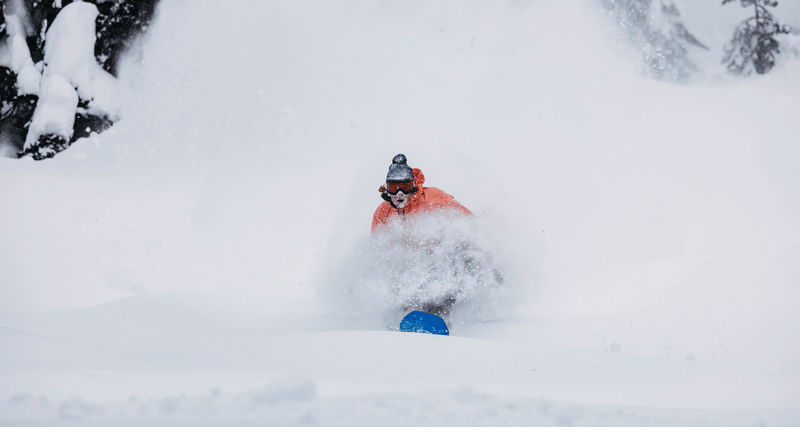It is true that snowboarding can be a real headache if you are not an expert! Concerned about making the right choice when buying snowboard boots, the HawaiiSurf team has decided to give you a helping hand! Even before deciding what size boots to choose, the first question to ask yourself is "which type of shoe will suit you best?" and this will depend on several fundamental criteria that we will present below to help you make the best choice and find the holy grail of snowboard boots by fitting the shoe to your foot!
 Tip 1: Identify my level
Tip 1: Identify my level
Identifying your level will prove very important! Indeed, a beginner rider will have fewer demands and will look for a rather flexible and adaptable boot that allows them to progress, while an intermediate to advanced freestyle rider will seek a more high-performance boot with balanced flex that will enable them to go big in the park! As for piste and freeride riders, they will need a stiffer boot that allows them to carve hard on the piste and chain powder descents with precision. Don't worry, we will identify the requirements of the different levels and types of riding case by case just for you!
BEGINNER LEVEL
Are you tired of skiing or do you want to start practicing winter sports by snowboarding? Whatever the motivation, you will need to choose from a wide range, a boot with which to progress. Beginner boots feature simpler and easier-to-adjust lacing so you don't have to spend more time than necessary sitting on the ground before heading back out on the adventure. Beginner boots are more flexible to facilitate knee bending down to below the toes to find the perfect movement that will enhance your progress, and you will quickly forget the "dead leaf" technique to link turns and start experiencing your first real sensations.
INTERMEDIATE TO CONFIRMED LEVEL
Progress is here, and especially obvious! You ride more or less on all the trails and pistes of the resort, whether on freshly groomed snow or on virgin or tracked snow off-piste. The new sensations push you to go further and faster! Your new needs lead you to change equipment by opting for stiffer and all-mountain boots that will allow you to ride the entire resort with versatility and ease! The balanced stiffness you will find in All-Mountain snowboard boots will provide enough support to let you pick up speed while remaining flexible and playful enough to ride the edges of the piste and finish the day in the snowpark!
FREERIDE & SPLITBOARD
If your passion is to explore the entire resort, far from the tourist crowds and ski lifts, you will need to choose snowboard boots specially dedicated to Freeride! These boots will provide all the comfort and stiffness needed to ride easily and precisely in the powder. Most often, these boots are equipped with waterproof gussets that will not let any moisture in, even when conditions resemble Japanese days where you don't touch the bottom! You will also find Vibram® soles or grippy rubbers that will allow you to trek safely when searching for the perfect line off-piste. Finally, heel and toe sections will add solid protection even when hiking in the snow or on steep passages filled with rocks.
FREESTYLE & JIB
Fond of upside-down heads, rotations, kicker lines, pipe and rails? The choice of boots must follow your style to ride calmly with softer, more playful, and comfortable boots! Indeed, the soft flex will allow for a certain tolerance that will absorb shocks and landings smoothly, thanks to reinforcements located at the heel, the insole, or the outsole. Soft boots will also allow you to apply more force across the entire board to perform big presses on the rails, tweaks out grabs, or nose and tail butters!
Tip 2: Choose your Flex wisely
The way your boots flex says a lot about your riding style! Some will prefer soft flex, others will opt for a balanced and All-Mountain flex, while some will appreciate the stiffness of a snowboard boot. Stiffness therefore determines resistance based on speed gains, carvings, impacts and/or landings. Most manufacturers classify the flexibility of their boots on a scale from 1 to 10, starting from the softest (1) to the stiffest boot (10)!
FLEX SOUPLE (1-4)
Ideal for riders from beginner to intermediate levels or freestyle practitioners, the soft flex will require less energy to make turns and do so in a smooth and comfortable way. Known among beginner riders, they will see it as a way to progress quickly with a less demanding boot! Freestyle practitioners, on the other hand, will appreciate the support of the boot during kicker landings, rails, or pipe with a flexion that will improve your landings to make them always cleaner!
FLEX MEDIUM OR BALANCED (4-7)
Ideal for an all-mountain versatile practice, the snowboard boots with medium to balanced flex will provide excellent control whether on groomed runs, in the park, or in powder! Don't hesitate any longer, and vary the sensations!
FLEX RIGIDE (7-10)
Do you love speed, carving, freeride, splitboard, and riding mining bars that destroy everything in their path? To properly support your board, adding rigid snowboard boots will greatly increase control whether going uphill or downhill! Rigidity promotes control, will absorb elevation changes more comfortably, and will improve your powder landings during big backcountry sessions jumping off drops several meters high!
Tip 3: Adjusting your boots
The adjustment of snowboard boots is unique and ultra-customized according to your preferences! For this, the size, the fit, the wearing, and the purchase of socks promote the optimal fit and comfort of your boots. A poor choice and a bad fit can completely ruin a day at altitude.
BASED ON SIZE:
To standardize the sizes of sliding sports shoes, the Mondopoint system was created. Creating the Mondopoint standardization system allows you to find a match for your shoe size so you can buy boots even on the other side of the globe. To find your size in Mondopoint, simply measure your feet (Mondopoint corresponds to the length of your foot in centimeters) using a foot measuring device. To measure correctly, it is important to place your stronger foot on the ground and slightly bend one leg forward in flexion to replicate the posture you have when standing on a board.
THE ADJUSTMENT:
Knowing if a boot is perfectly fitted can be difficult during the first outings. The first important point is at the toes, which should barely touch the end of the boots. It is when you tighten the inner liner that your heels will be brought into the heel space, relieving pressure on your toes, and it is at this moment that the inner laces of the liner will help to adjust your feet as closely as possible without heel lift or pressure points.
Tip 4: Choose your lacing system well
CLASSIC LACING:
We present to you the classic snowboard boot! With the help of a set of durable laces, specially designed and treated for snow, you can optimize the tightening of your boots according to your preferences. Nowadays, most brands offering this tightening system are all or almost all under the direction of a sneaker or skateshoe brand. The main positive point of these brands regarding the classic tightening system comes from the precision and expertise of these companies as designers and manufacturers of shoes specially designed for skateboarding or other sports subjecting feet to tough conditions. As for tightening, nothing could be simpler! You just need to tighten the laces well from the bottom as you would with your everyday shoes.
SPEED LACE :
The Speed Lace tightening system is the most well-known in the snowboot industry! The biggest snowboard brands worldwide such as Burton Snowboard and Nitro offer a wide range with this type of tightening. This concept takes up the double BOA concept with optimal tightening of the heel and arch allowing your foot to be well secured in the liner. The addition of a second tightening will, for its part, tighten and lock the flex of the boot during your pressure on the front (instep). This tightening is perfect for riders who want to play the versatility card by allowing the possibility to tighten both cords for a rigid and precise fit but also, conversely, to keep a deliberately loose tightening for excellent freedom of movement!
BOA® :
The BOA® system is the latest technology regarding the tightening of snowboard boots. This tightening allows for a certain support that will withstand any challenge thanks to an easy and quick adjustment. The BOA® system can be double or triple, equipped with adjustment cables located on the upper or lower lining. It is therefore important to turn the tightening dial clockwise to tighten the wire and conversely pull the dial outward to release the wire for quick and efficient foot entry and exit.
Tip 5: Features of a snowboard boot
CUSHIONING:
The cushioning of a boot is not the same depending on the intended use! For example, for freestyle and jib practice, the boots will have additional cushioning that will absorb the various shocks and landings! Jumping the biggest kickers in the park will subject your body to extra force upon landing. That is why adding cushioning at the heel will make your landings more comfortable and therefore cleaner. Depending on the brand, the cushioning is not the same; it can be a blend of soft EVA foam, an air cushion, or a combination of different materials.
LININGS:
What is the liner of a snowboard boot? The liner is the padding present between the hard outer boot and your feet. Firstly, it will keep your feet warm and secondly, it will add extra cushioning for even more comfort and to feel like you're wearing slippers. The foam inside traps air and perfectly insulates your feet, allowing you to stay warm for days spent warm and dry! Finally, this foam can be heat-molded to perfectly fit the shape of your foot.
COMPATIBILITY:
Snowboard bindings and boots go hand in hand! It is therefore important to use the size charts to validate the size of the binding that will perfectly match your boots! It is essential to measure the length of your boots and then compare it to a width indicated on each product description. As such, if the length is equal to or greater than the width of the snowboard, you will need to switch to a wider version, and for large feet, the Wide versions!

